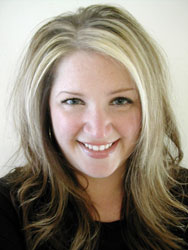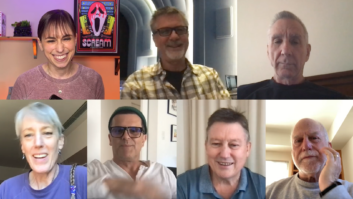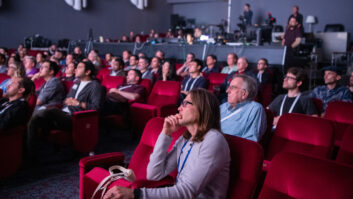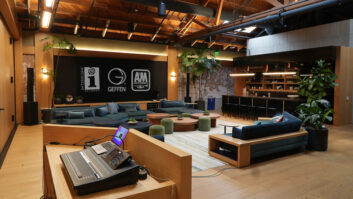
The last time AES came to San Francisco, we declared that the show was “putting the pro back in pro audio,” with advancements in core processing, modular consoles and quality boutique gear ruling the show floor. But notably, it also marked a trend that moved away from tricked-out products with supersized feature sets toward gear with real functionality — products that reflect the way people really work.
For a long time, especially in the software market, it seemed that in the marketing battle to outdo the competition’s offerings, basic functionality sometimes lost out. I remember a columnist remarking, “Skip the features already!” Yet these days, it’s clear that while technology continues to come down in price, developers are also focusing on efficiency.
Who’s really leading product advancements? In our industry, technology development and workflow evolution often go hand in hand. This means that end-users lead the market; they are every bit as much the innovators that manufacturers are. Engineers and producers find new ways of working in response to industry shifts and technology developments, and the manufacturing community responds. And so the cycle goes.
For example, when workstations came on the market, they were touted as time-savers — freeing engineers up to be more creative. But as it turned out, that just meant making a different set of decisions, working at a different detail level. And with DAW technology, there’s probably more “fix it in the mix” going on than ever. With hundreds of virtual tracks available, the “record 100 takes, then comp/edit the final take” approach is fast becoming the norm — vastly different from the old-school “play it until you get it right” method.
As a result, consoles are evolving to become workstation front ends. Networking is key in many new live products, from mixers to amps, system controllers and loudspeakers. Changes in every aspect of our industry are focused on versatility and control — streamlining production and distribution. Product innovation responds to new ways of working.
This month’s issue of Mix includes some prime examples of producers whose creativity has been influenced by, and become a dialog with, technology developers. For starters, there are cover producers Jimmy Jam and Terry Lewis, who, after moving to L.A., tapped into digital technology to build more flexibility even as they downsized from 30,000 square feet to 9,000. TEC Hall of Fame inductee T Bone Burnett recently began examining digital standards (or lack thereof) and developed his intriguing new CODE process, which promises to improve audio quality in any digital format.
The cost of entry has gone way down in every aspect of what we do. But there’s a flip side: Just having a tool doesn’t create an instant problem-solver. With any technology, the key is knowing what you want, but recognizing your limits — and working with the tools that best allow you to focus on your craft.
See you at AES.







